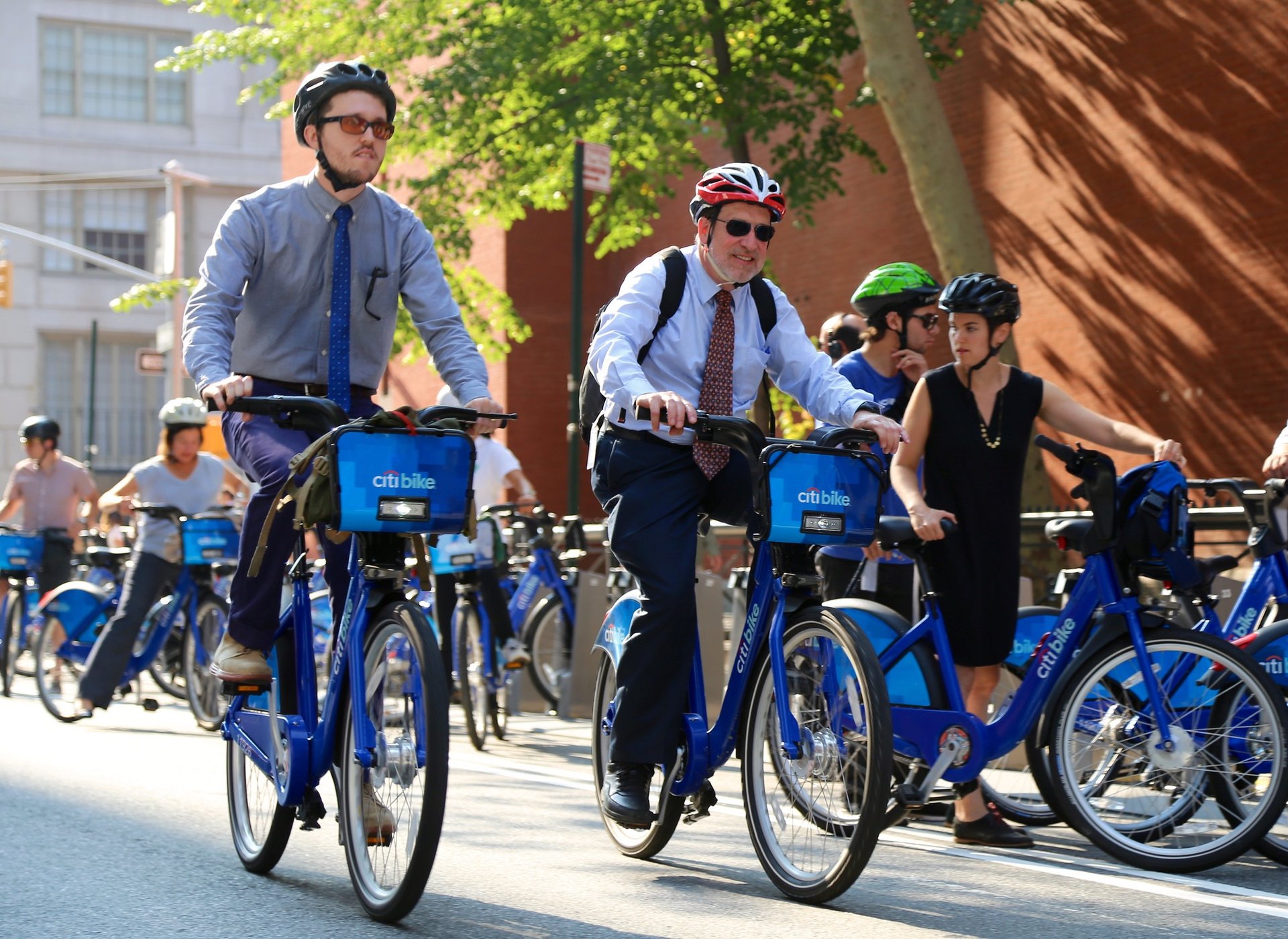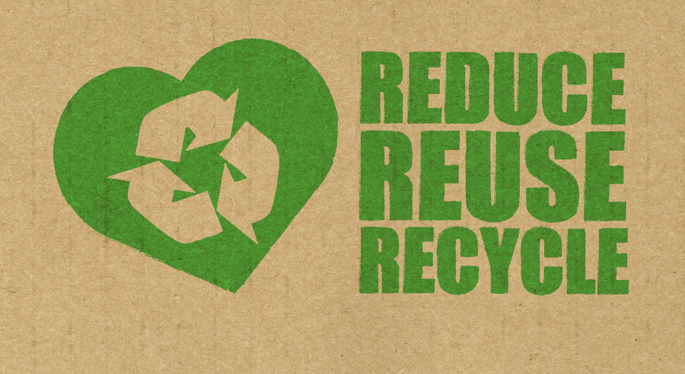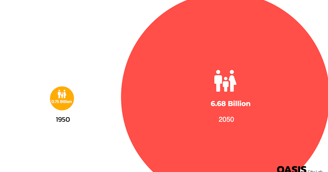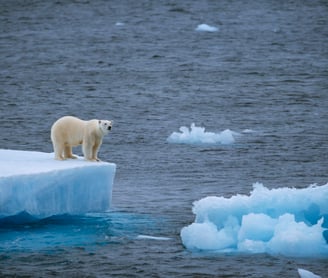
Shaping the narrative about the climate crisis
Climate challenges have become the biggest threat to humanity, and our collective social responsibility to reduce their impacts is now more visible than ever before. As we attempt to confront the ecological challenges of today's world, it is critical to recognize the role of graphic design as a powerful tool in promoting a sustainable future. By responsible design techniques, we can provide a significant contribution to global initiatives aimed at increasing public awareness, which can directly lead to mitigating the effects of climate change.
Visual language of climate changes
The way we frame the global climate crisis has evolved over the years. In the mid-20th century, iconic images of polar bears and seals on melting ice dominated our understanding of climate change. The concept may no longer resonate with today's viewers, and research suggests that such images, while evoking empathy, often evoke feelings of helplessness and anxiety. Polar bears are too remote to inspire concrete action, especially in places where they do not occur naturally.
Climate Visually has developed new guidelines for visualizing environmental hazard issues. The key is to understand our audience and to create emotional closeness for them. Effective graphic design should motivate and empower individuals to take positive steps toward sustainability.
As urbanization processes continue to accelerate all around the world. Our future is increasingly urban. Climate change in urban areas affects the majority of the human population, and the scale of these changes and the number of people experiencing the negative effects of climate change are the biggest in cities.
The dynamic relationship between nature and cities is a fascinating research topic. In our desire to stay in touch with nature, we create green spaces in urban spaces. The innate human need for biophilia, as proposed by Harvard professor Edward O. Wilson, emphasizes our need for community with nature.
Urban greenery plays a huge role, in improving air quality and regulating climatic conditions in cities. It acts as a dirt absorber, collects excess water, and helps maintain the appropriate temperature. Graphic designers focusing on urban greenery can contribute to the green urban transformation, promoting sustainable urban planning and design through visual communication skills.
Pro-ecological changes in projects under the 3R principle
A sustainable approach to graphic design is based on an increased level of awareness regarding the use of resources. Graphic designers have a significant impact on the ecological footprint of their work, which is especially important during large-scale projects when works are copied in huge quantities. Graphic designers can play a key role in reducing the environmental impact of their designs by using a variety of strategies, one of which is
Author: Karolina Kwiek | Oasis City Lab 18.09.2023
Do you want to introduce elements of a resilient city in your city?
Check the offer of our services and contact us!


Using the skills and tools to convey information effectively, makes them an important element of the movement for sustainability and ecological activation. Throughout the history of graphic design, its ability to shape opinions and beliefs has been proven, which was especially important in times of war and conflict. Understanding graphic designers' proper role and responsibility in society is a real challenge.
By working carefully and saving energy and resources, we can support solutions that protect the environment. Communicating with and educating your audience about these issues is crucial to making responsible design decisions. At Oasis City Lab, we believe that limiting the use of natural resources and limiting waste production is a very important aspect of building a business based on the principles of sustainable development. When designing gadgets for conferences, we choose forms of digital communication and, for example, designing pro-ecological business cards made of recycled paper, containing various seeds of a flower meadow that supports the biodiversity of our cities.
The future of humanity lies in cities
Using this principle, even subtle changes in design choices can have profound effects on the environment. Modern technologies offer plenty of opportunities to adapt our work to natural balance, even on large projects. Below we will present the principles that should guide us when designing pro-ecologically
One of the most effective green graphic design strategies is to reuse existing materials and resources. This approach not only reduces the amount of waste generated but also saves energy. For materials and products to be reused, they must be durable and carefully designed to enable longer use.
Reduce
In the context of pro-ecological design, less is more. Designers should manage their projects in such a way as to achieve their intended goals while minimizing the use of resources. Consider whether a larger format is really necessary; perhaps a smaller poster with interesting content can attract enough attention. The same applies to the choice of colors and textures. Reducing complexity during the concept phase can lead to less ink and paper consumption in the production process. In many cases, the use of digital technologies provides ecological alternatives to traditional printing methods.
Recycle
Assessing the recyclability of products after use is crucial. Always check the origin of the materials you use; when printing, choose papers with Forest Stewardship Council (FSC) certificates. FSC is a non-profit organization that has created a unique system for sustainable forest management and forest product tracking. FSC certification allows organizations to place the FSC logo on their products, increasing their market appeal.
3R: Reuse, Reduce, Recycle
Designers ready for action


According to a UN report, by 2050 the urban population will increase to about 68% of the world's population, up from about 56% today and compared to less than 30% in 1950. It is clear how difficult this challenge can be for the environment and sustainable urban growth


Reuse
Graphic design is a powerful tool that can be used in the fight against climate change, and in particular in promoting sustainable development. By adopting responsible design techniques such as the 3R approach, designers can inspire positive change and raise awareness of the urgent need to protect our environment. This is especially important now, in times of both the climate crisis and the gigantic increase in the world's urban population, which we have been observing since the beginning of the 20th century. Graphic designers play a key role in promoting a harmonious relationship between nature and cities, which can result in a sustainable future for cities.
The polar bear on iceberg. Photographed by Ilovegreenland on flickr
Urban population projected growth, source: UN
Reduce, Reuse, Recycle - 3R rule, source Singapore Goverment
Ardila A; There is not any specific brain area for writing: From cave‐paintings to computers’, 2010, Online Library
Armstrong H.; ‘Graphic Design Theory: Readings from the Field’, Princeton Architectural Press, 2012,
Aschero C.; ‘Hunting scenes in Cueva de las Manos’, Routledge, 2018.
Banse, L; On shooting polar bears: communicating climate change visually.
Barnbrook J, First Things First Manifesto 2000
Kahan, D.M "Why we are poles apart on climate change", 2012
Thompson T. "Young people's climate anxiety revealed in landmark survey"
Wiley-Blackwell Manzo K. "Beyond polar bears? Re-envisioning climate change, Meteorological applications, 2010
Scientific basis and sources:




